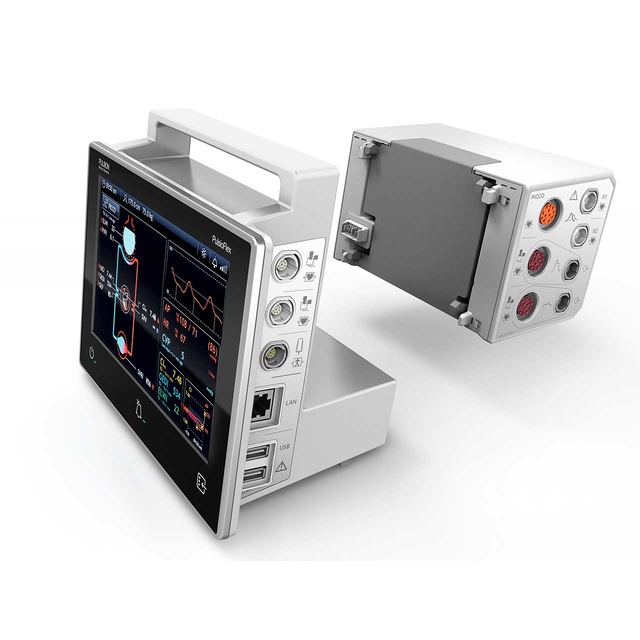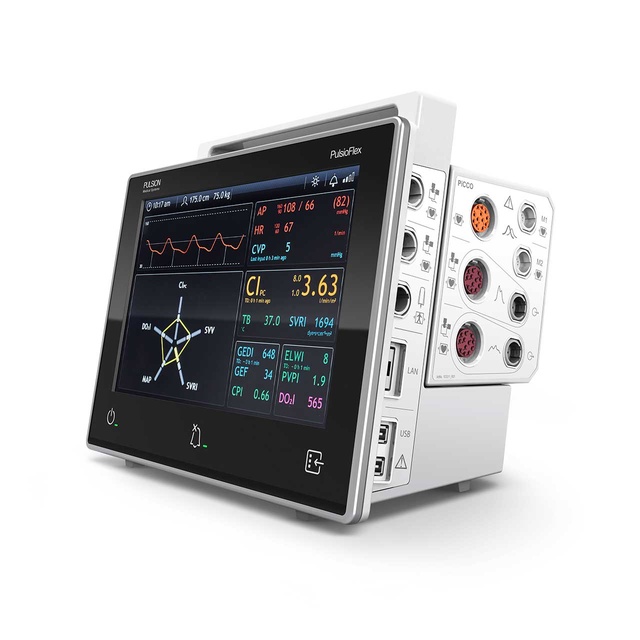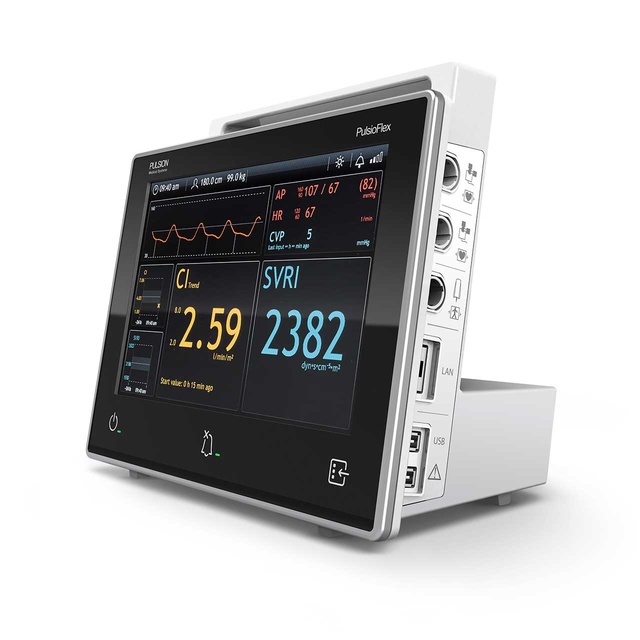Flexible and patient-focused advanced hemodynamic monitoring
PulsioFlex is a flexible platform with intelligent visualization for advanced hemodynamic patient monitoring. Through modular expandability and the availability of our efficient monitoring technologies, the system is able to be adapted to each patient's individual need at any time:
- Meeting your information requirements
- Matching your clinical setting (OR, ER, ICU)
- Adapted to your patient's risk level
Technical specifications are subject to change without further notice
The medical device is CE marked according to Directive 93/42/EEC.
Related products
Optimal readability
- Brilliant 8" LED color screen with high resolution
- Dark background and wide reading angle (>170°)
Easy to use
- Glass touch screen and intuitive user interface
- Individually adjustable parameter layout
Comfortable handling
- Minimised dimensions and low weight
- Flexible mounting and installation possibilities
Future-proof platform concept
- Modular expandability with automatic module detection
- Network compatible e.g. print function via hospital network
Application
PulsioFlex is a flexible monitoring platform optimized for perioperative and intensive care monitoring.
It can be adapted to individual needs in order to answer the following questions:
Detection of perioperative and intensive care deterioration of hemodynamics:
ProAQT
- Is the systemic oxygen supply stable?
CO Trend - Will an increase in preload lead to a higher CO?
SVV / PPV
Pre- and intra-operative volume optimization:
PiCCO / ProAQT
- Is the patient adequately filled?
CO, preload, lung water, volume responsiveness SVV / PPV
Post-operative management of haemodynamic complications:
PiCCO
- Adequate oxygen supply?
CO - Volume or catecholamines?
CO, preload, contractility, afterload - Does an increase in preload lead to a higher CO? Volume responsiveness SVV / PPV
At a certain point you will need more information about your patient’s hemodynamic condition
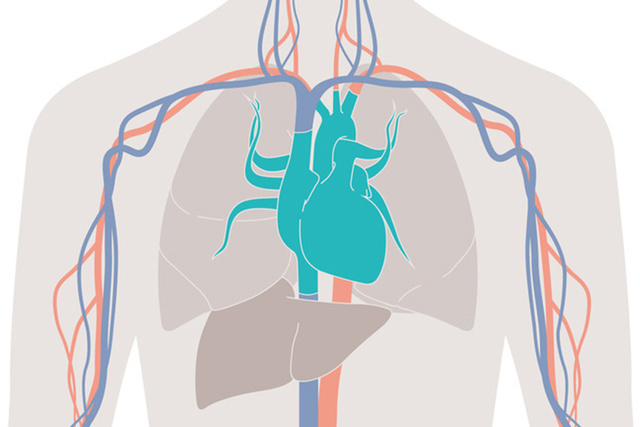
Professional arterial flow* CO trend monitoring with ProAQT:
- CO trend monitoring via a standard arterial catheter line
- Manual and automatic calibration possible
- Validated start value determination and PiCCO based pulse contour algorithm for beat by beat cardiac output trend
* the Q of ProAQT is the physical symbol for flow
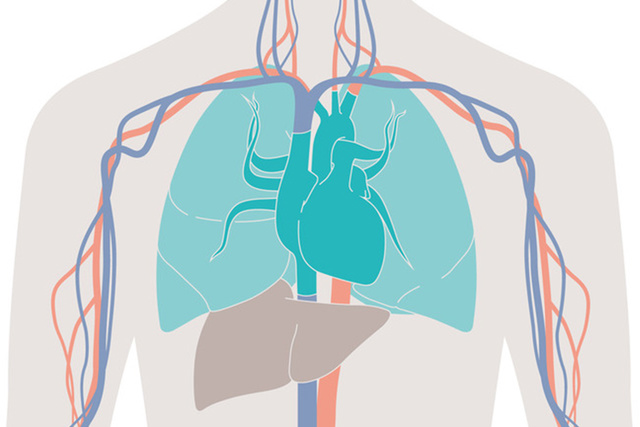
Complete hemodynamic monitoring with PiCCO:
- Calibrated real-time CO and stroke volume
- Determination of preload volume and diagnosis of pulmonary oedema
- Afterload, contractility and volume responsiveness
Parameter
|
|
|
|
| ProAQT | PiCCO | |
| Invasiveness | Minimally invasive Arterial line |
Less invasive Arterial catheter |
Pulse contour analysis (continuous) |
||
| Chronotropy | HR | HR |
| Blood Pressure | APsys, APdia, MAP | APsys, APdia, MAP |
| Flow | CITrend/Cal**, SVI | CIPC*, SVI |
| Contractility | dPmx, CPI | dPmx, CPI |
| Afterload | SVRI | SVRI |
| Volume Responsiveness | SVV/PPV | SVV/PPV |
Thermodilution (discontinuous)
|
||
| Flow | CITD*** | |
| Preload | GEDI | |
| Contractility | CFI, GEF | |
| Pulmonary edema | ELWI, PVPI | |
Getinge is a medical device manufacturer and does not practice medicine. Getinge does not recommend these values for use on a specific patient.
* Cardiac index derived from pulse contour
** Calibrated from internal or external reference value
*** Cardiac index derived from thermodilution
Visit our Academy – training and education designed to enhance your proficiency
For more information about our onsite events or remote trainings, you can also contact your local sales & service representative.
